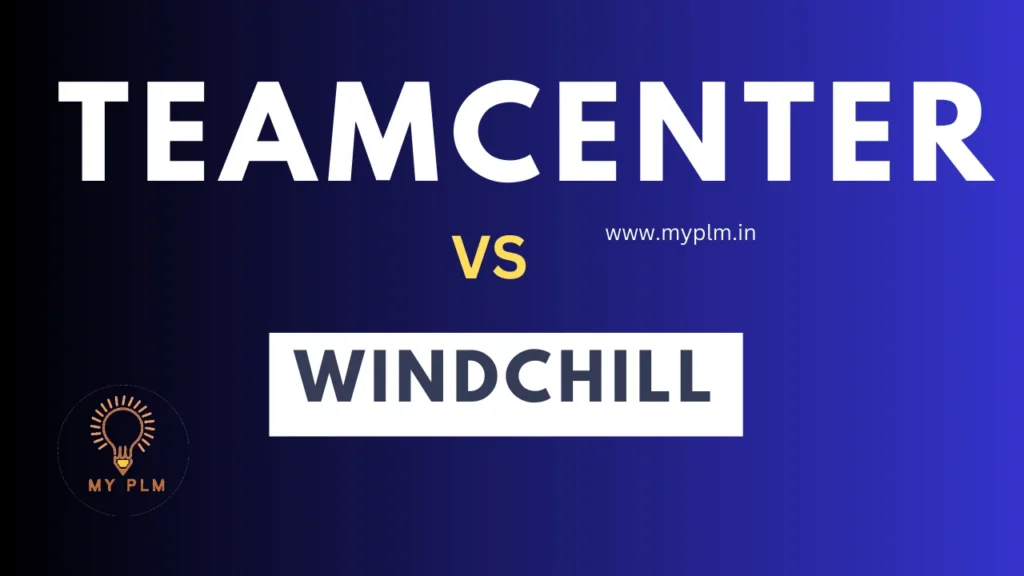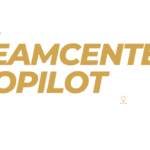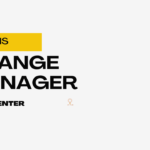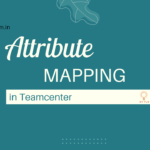In the dynamic landscape of product development and lifecycle management, two prominent software solutions, Teamcenter and Windchill, have emerged as key players. Both are powerful Product Lifecycle Management (PLM) systems designed to streamline and optimize the product development process. However, understanding the nuances and differences between Teamcenter and Windchill is crucial for organizations seeking the right PLM solution for their specific needs.
Table of Contents
1) Origin and Ownership
Teamcenter: Developed by Siemens PLM Software, Teamcenter has a long-standing presence in the PLM market. It is part of the Siemens Digital Industries Software portfolio, which offers a comprehensive suite of solutions for product design and manufacturing.
Windchill: Windchill, on the other hand, is a product of PTC (Parametric Technology Corporation). PTC is a global technology company specializing in various solutions, including PLM, IoT, and Augmented Reality.
2) Architecture
Teamcenter: It is known for its robust and scalable architecture, offering a centralized data management system. Teamcenter provides a unified platform for managing product data, documents, and processes, ensuring consistency and collaboration across the entire product lifecycle.
Windchill: Windchill is designed with a modular architecture, allowing organizations to implement specific modules based on their requirements. This flexibility allows organizations to customize the PLM system to align with their specific requirements.
3) User Interface and User Experience:
Teamcenter: Siemens has focused on developing an intuitive and user-centric interface for Teamcenter. The interface is designed to optimize the user experience, simplifying collaboration and providing easy access to critical product information for teams.
Windchill: PTC has focused on providing Windchill with a modern, intuitive, and user-friendly interface to enhance usability and overall user experience. The goal is to simplify navigation and improve overall usability, ensuring that users can efficiently perform their tasks within the PLM environment.
4) Integration Capabilities:
Teamcenter: Teamcenter is widely recognized for its seamless integration with various Computer-Aided Design (CAD) tools, Enterprise Resource Planning (ERP) systems, and other software applications, enabling a connected and interoperable product development ecosystem.
Windchill: Windchill is known for its interoperability with diverse CAD systems and its ability to integrate with enterprise applications. This capability ensures that organizations can leverage their existing tools while adopting Windchill for PLM.
5) Collaboration and Workflow Management:
Teamcenter: With a focus on collaboration, Teamcenter supports efficient workflow management, enabling teams to coordinate tasks and share information seamlessly. Its collaboration features contribute to improved communication and productivity.
Windchill: Windchill places a strong emphasis on collaborative product development by offering robust tools for managing complex workflows and facilitating seamless coordination among cross-functional teams.
6) Customization and Flexibility:
Teamcenter: Known for its high level of customization, Teamcenter allows organizations to adapt the PLM system to match their specific processes and workflows. This flexibility is especially beneficial for organizations with distinct or specialized requirements.
Windchill: Windchill’s modular architecture allows for flexibility, enabling organizations to choose and implement the modules that align with their immediate needs. This approach enables and supports a phased implementation strategy, allowing gradual deployment and adoption.
Conclusion
Both Teamcenter and Windchill are robust PLM solutions with distinctive features and strengths. The choice between them ultimately depends on the specific needs, preferences, and existing infrastructure of an organization. Evaluating factors such as architecture, user interface, integration capabilities, collaboration features, and customization options will guide companies in selecting the PLM system that best aligns with their goals for efficient and streamlined product development.
Read More Articles
Exploring the Power of Tiles in Teamcenter’s Active Workspace Client
Understanding the Contrast: Volume vs. Database in TC
Exploring TC: The Central Hub for Product Lifecycle Management
Understanding Item Revision in TC: A Comprehensive Guide
Unlocking Efficiency and Precision: Understanding Workflow Designer in TC
Understanding PLM (Product Lifecycle Management): A Comprehensive Guide
Demystifying BMIDE in TC: Empowering Effective PLM Solutions
Understanding Organizations in TC: Building Efficient Work Structures
Demystifying Datasets in TC: A Comprehensive Guide
A Step-by-Step Guide to Installing TC Software
Revealed Pseudofolders in Siemens TC: Simplifying Data Management for Engineers
Unlocking TC’s Potential: A Guide to Creating Custom Properties







